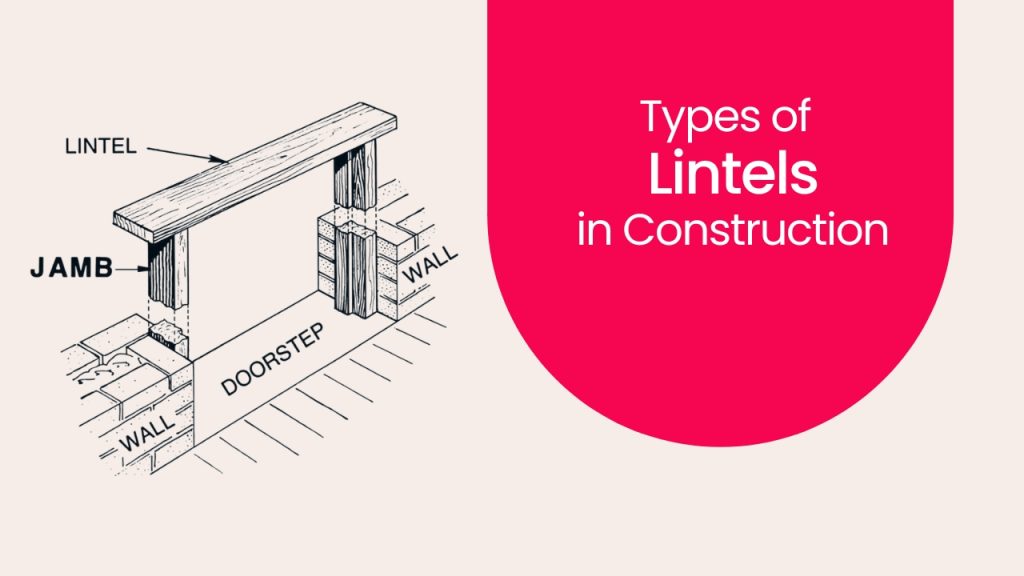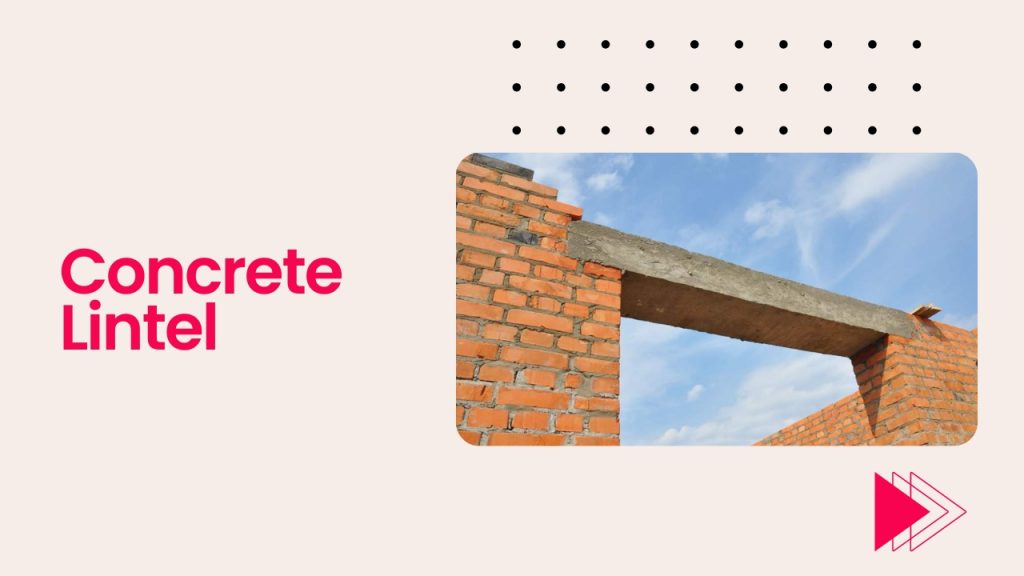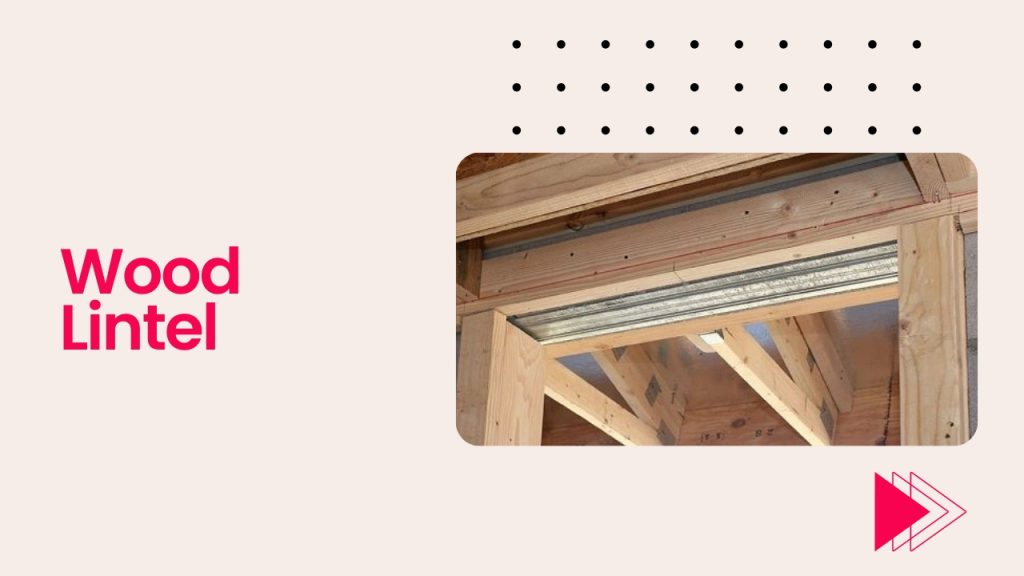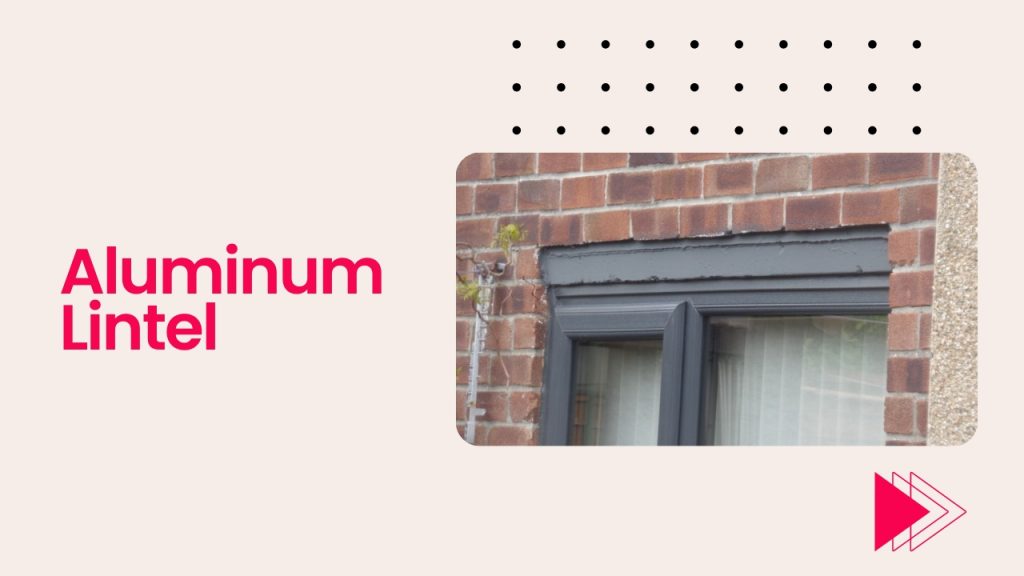
Why are Lintels used?
A Lintel is a horizontal beam placed across the top of an opening in a wall. Lintels are primarily used in empty spaces like windows and entrances in a structure. In this blog, from steel lintels to concrete lintels, we will explore each type’s advantages, disadvantages, and ideal usage, helping you make an informed decision when selecting lintels for your next construction project.
The main work of the lintel is to support the structure’s weight. Lintels support the structure’s weight above the opening, such as a brick or concrete wall. A lintel resists cracking, bending, and buckling under heavy loads.
Open spaces in walls lack structural integrity because there’s nothing above the gap to support the load on top of the opening. Lintel beams extend past either side of the doorway or opening to solve this. Builders install them into the wall to disperse the weight of materials directly atop the open space.
Lintels are typically made of steel, concrete, bricks, and wood. The selection of the suitable lintel depends on many factors, such as the width & height of the opening, the weight of the structure above, the type of wall material, and the expected loads on the lintel. It is essential to consult. Always consult your builder or structural engineer to ensure the proper lintel is selected and installed.
Popular Types of Lintels
Concrete Lintel

Concrete lintels are made of reinforced concrete and offer high strength and durability. These are primarily used in residential and commercial construction projects. Concrete lintels are easy to install and famous because of their rigidity, load-bearing capacity, fire resistance, and strength.
Steel Lintel

Steel lintels are primarily used in industrial and commercial construction where openings are wide, and the structural loads are heavy. Steel lintels are made from galvanized steel and are solid and durable. The main advantage of steel lintels is that they are resistant to corrosion.
Masonry Lintel

Masonry lintels are made from bricks or stones and provide an attractive and uniform look. These are primarily used in traditional or historical construction projects or in a structure where the load is light. Masonry lintels are solid and durable; however, installing a masonry lintel can be more time-consuming and complex.
Timber OR Wood Lintel

Wood or timber lintels are primarily used in mountain homes and provide an attractive vintage look. Timber lintels are inexpensive but not suitable for heavy loads or large openings. Also, aesthetically pleasing, wood can be susceptible to fire and less durable than other common lintel materials.
Aluminum Lintel

Aluminum lintels are primarily used in residential construction because they are lightweight and easy to install. Aluminum lintels are corrosion-resistant and perfect for use in areas exposed to the elements.
Try Onsite, #1 Tool For Site Tracking







